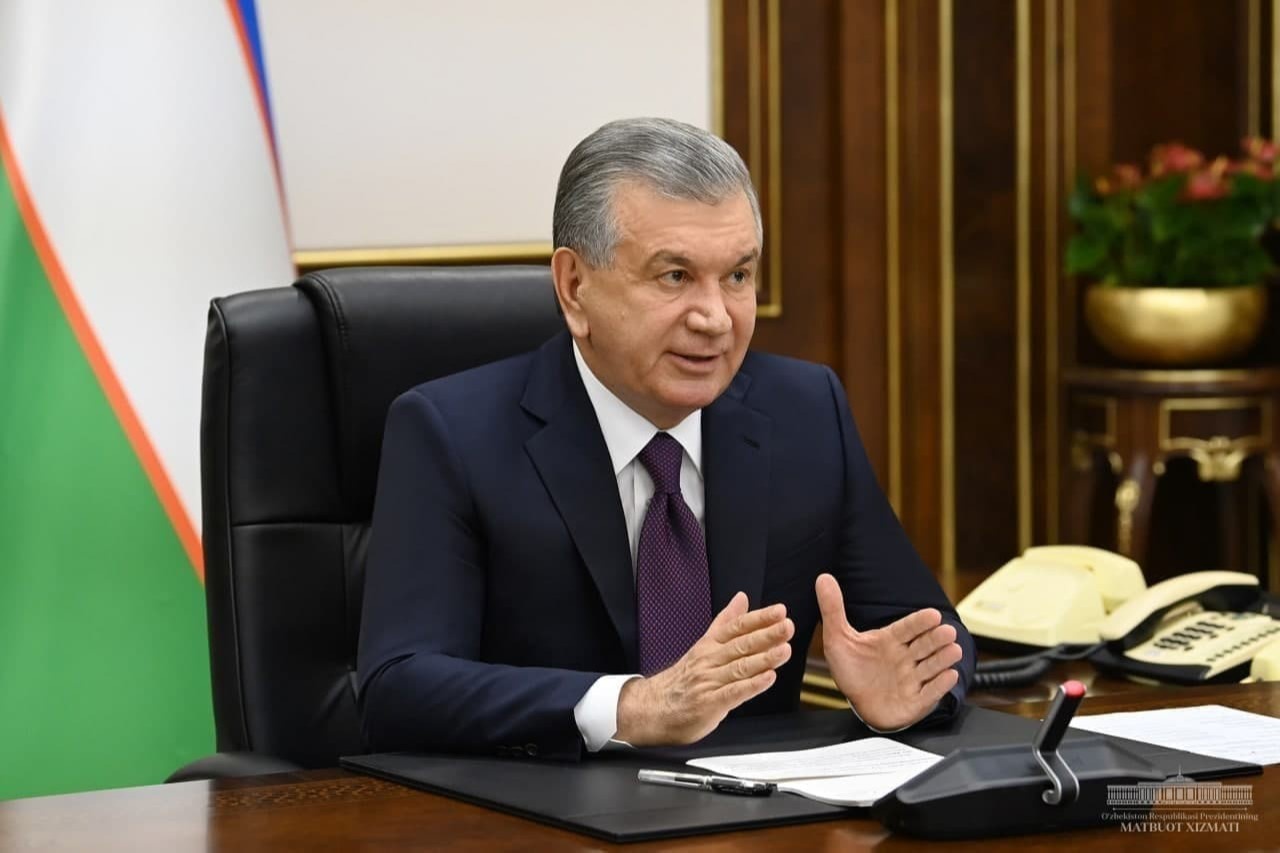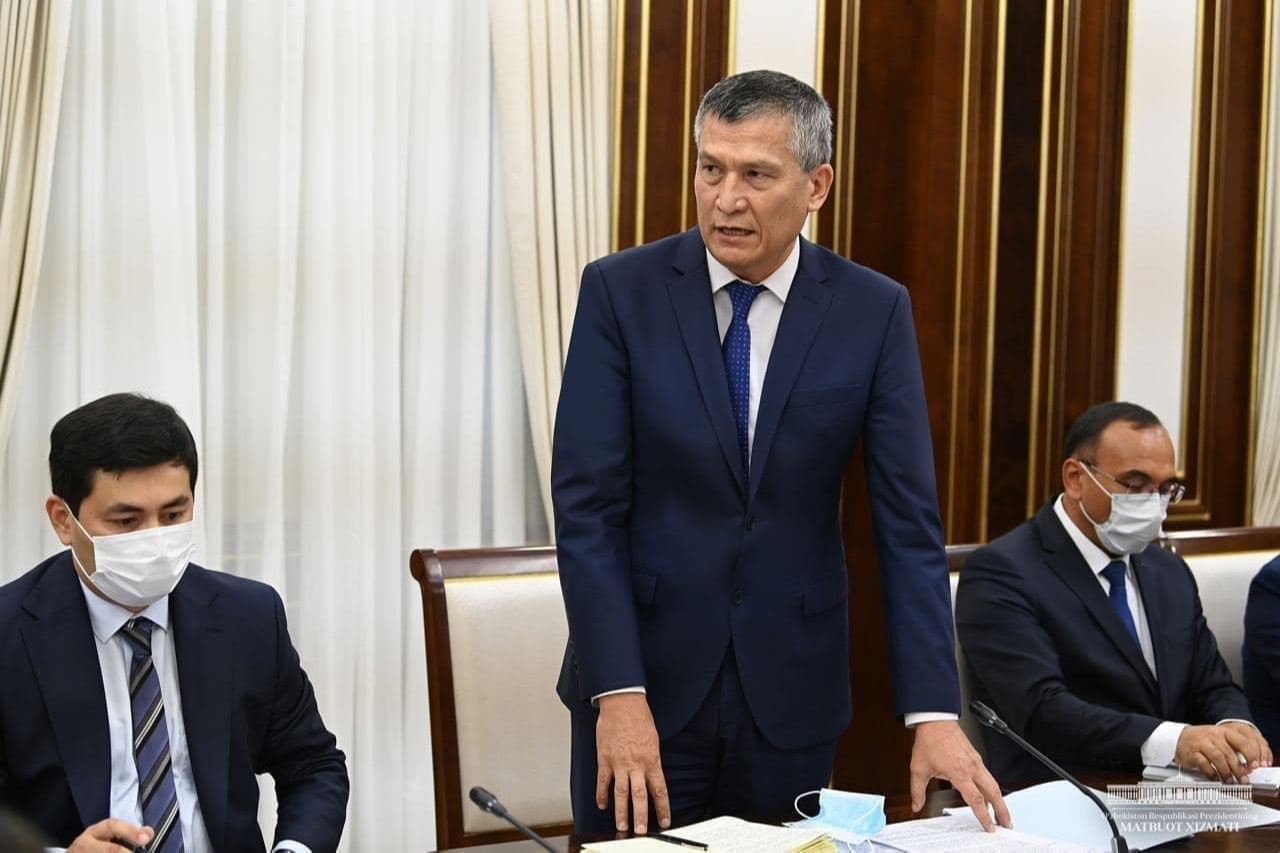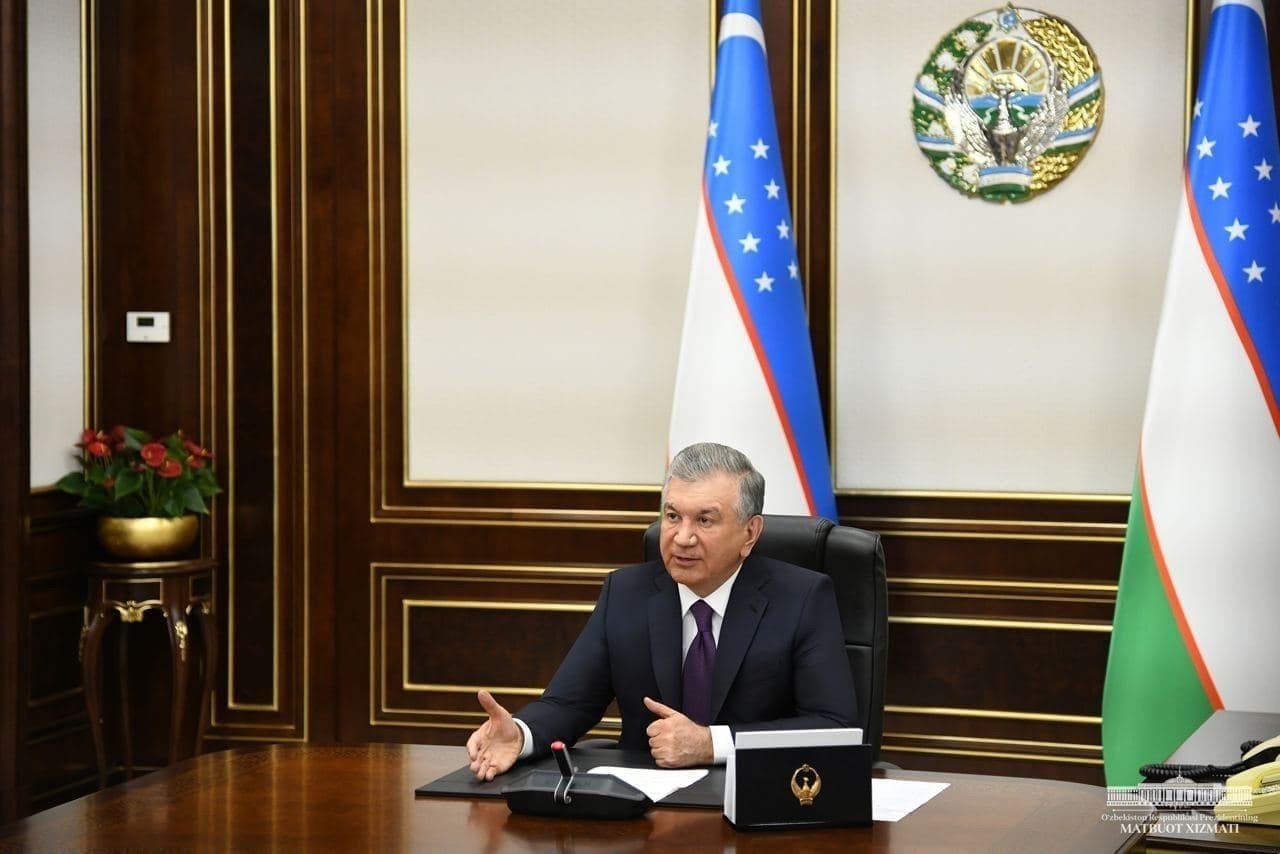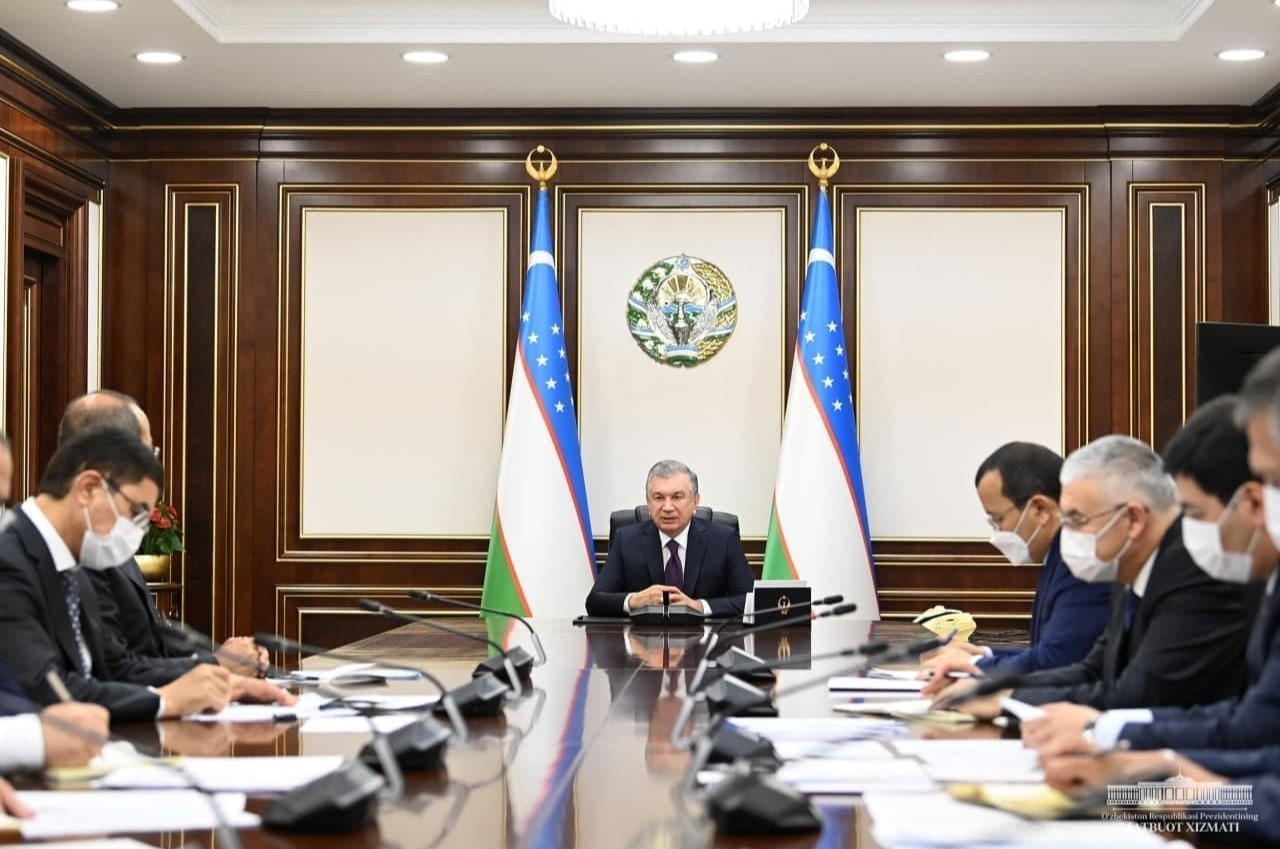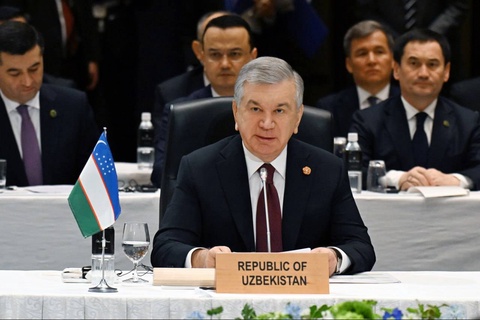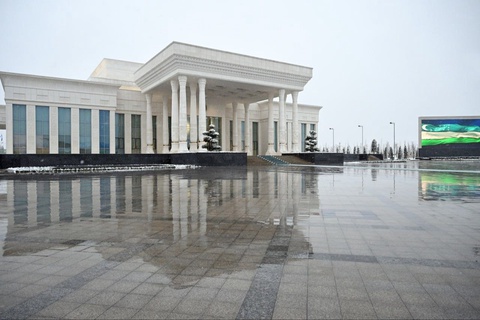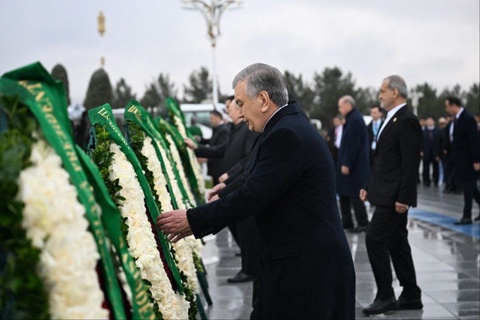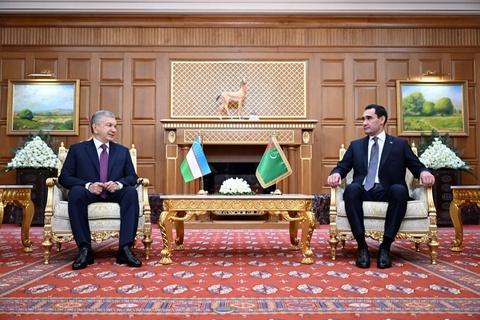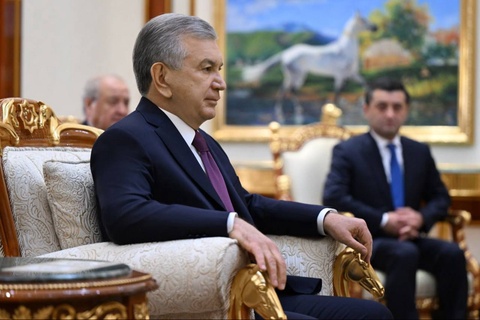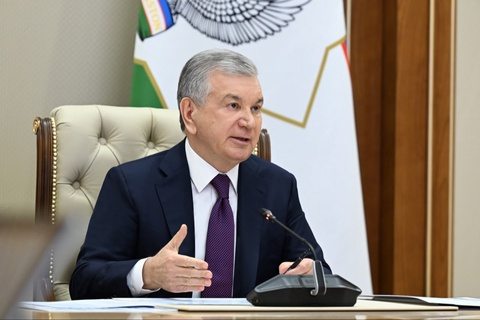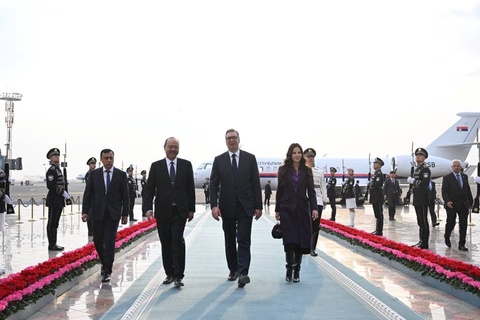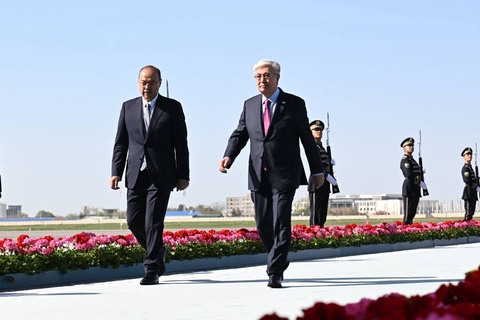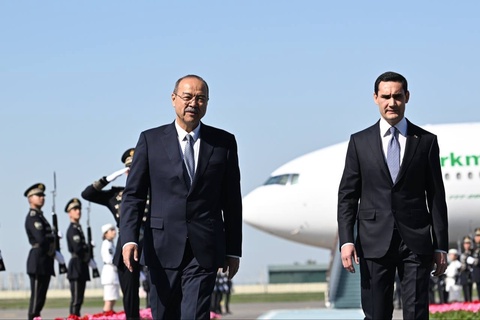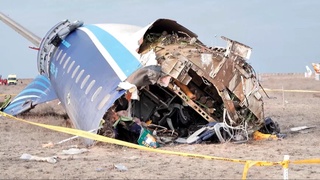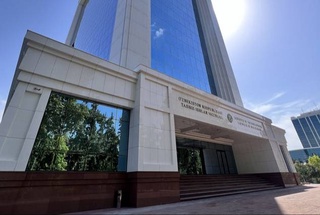Over the past 5 years, the volume of copper production in the country has increased almost 1.5 times and in 2020 reached 148 thousand tons. But the work on producing high value-added products is not enough. About 60 percent of copper is exported as raw materials.
According to international experts, global copper demand is expected to grow by 40 percent by 2030, driven by increased production of electric vehicles, electrical engineering and the development of renewable energy sources.
Revenues from copper sales now account for $2.5 billion. With an increase in copper production to 400 thousand tons in the next 5 years, this figure, taking into account related industries, may reach $7-8 billion.
To this end, on June 24, a Presidential resolution was adopted on additional measures for the development of the mining and metallurgical industry and related industries. The creation of a Copper Industry Cluster and establishment of a special commission headed by the Prime Minister are determined by the resolution.
Measures to implement this strategic task were outlined at the meeting.
The importance of developing a five-year program for expanding geological exploration for non-ferrous and rare metals was emphasized.
An instruction was given to create a modern design institute with the involvement of leading international companies for the development of design and engineering services in this area.
It was noted that it is necessary to establish the production and maintenance of mining equipment and tools in Uzbekistan.
It was noted that certain types of activities at the plants, such as road transport services, digitalization, can be transferred to the private sector based on cooperation and outsourcing.
It is necessary to expand the production of such products with high added value as metal alloys at the Research and Production Association of rare metals and hard alloys, household appliances, computers, batteries, components for electric vehicles at Uzeltechsanoat enterprises.
The Ministry of Innovative Development was instructed to work out a concept for the development of industrial enterprises in close coordination with research and applied innovation. The importance of training engineers with higher education and workers for each link of the cluster was noted. The need for establishing cooperation with leading foreign educational institutions for this purpose was emphasized.
An instruction was given to form a group of qualified specialists and study foreign experience in organizing a copper industry cluster, determine strategic directions for the development of geology, the mining and metallurgical industry with international companies' involvement.


